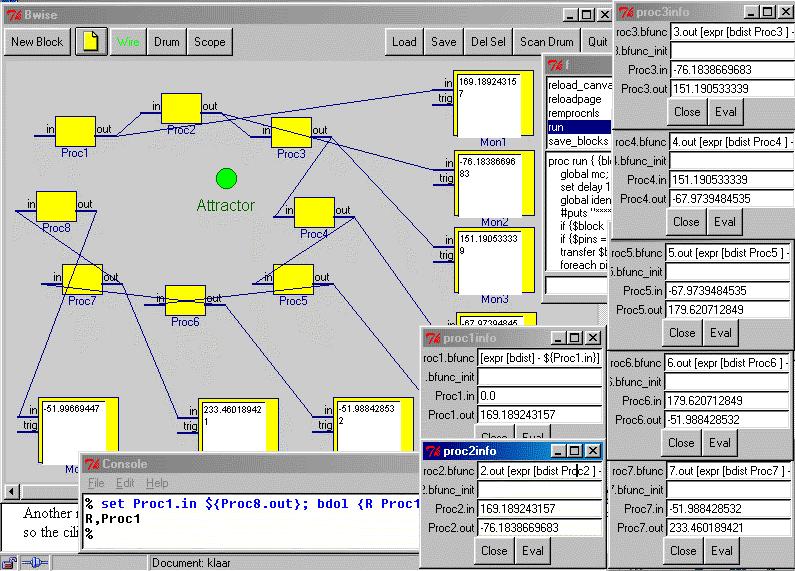
I've decided after good example to write some diary pages with toughts and events.
Oh, in case anybody fails to understand, I'd like to remind them that these pages are copyrighted, and that everything found here may not be redistributed in any other way then over this direct link without my prior consent. That includes family, christianity, and other cheats. The simple reason is that it may well be that some people have been ill informed because they've spread illegal 'copies' of my materials even with modifications. Apart from my moral judgement, that is illegal, and will be treated as such by me. Make as many references to these pages as you like, make hardcopies, but only of the whole page, including the html-references, and without changing a iota or tittel...
And if not? I won't hesitate to use legal means to correct wrong
that may be done otherwise. And I am serious. I usually am. I'm not sure
I could get 'attempt to grave emotional assault' out of it, but infrigement
on copyright rules is serious enough. And Jesus called upon us to respect
the authorities of state, so christians would of course never do such a
thing. Lying, imagine that.
I think it is, so I started a little enough canvas with some connected blocks, and did a little digging in my thoughts memory to make a few points. A main interest of mine is how systems of neurons may work, and a special part is how they may respond to external influences.
As an example, I'm still working on it, I just though it might be a good idea to communicate early, I've made a circle of neuron like blocks, and a lets say field generator, for the sake of argument, the attracktor is called 'moon', and it is though to excert a force the depends on distance. The first example screen simply shows the blocks arranges in some circle like form, and the attractor.

In this case, I didn't close the circle, because I like to run only one round, without generating infinite loops, and for the first setup, I've let the first block measure the canvas distance between itself and the attractor, and output the difference between that distance and its input value. The value is carries around the circle, and output to a monitor block, which displays the distance minus the offset.
The second image shows the result for the case where the attractor has been moved away a bit, so the distance increases.

The next move is to measure the distance in all blocks, and see what that does to the end result. Of course this is all meant to play around a bit, and get an idea of the possibilities, and the playing is done with loads of thinking in the back of my head, and can easily be replaced by accurate and scientifically sound reasoning or constructions for well defined purposes.

In this picture, all blocks have received a function to compute the distance with the attractor, and output the difference of the distance with their input, which gives a sort of bogus filtering, and sets a unique output pattern for each orientation of the blocks and the attractor. The way the blocks are fired, which goes first, and how values are fed around (I showed no wire, but by computations allow the Proc8 value to feed back to Proc1, possibly with some operation in between), also influences the state progression of all the blocks, i.e. their output values for each time the whole sequence in run.
When the circle is closed, the values normally will continuously increase, because the chance they are bounded is not so big, and depending on the constant which completes the circle, the just increase, or flip all the time (when the sign is negative).
Evidently, the whole thing is a first experimentation, with no direct practical equivalent, though various can be made without much effort.
It is a good test for the bwise env to be used in practice, and it works fine enough, since most things are straightforward, for instance it is not hard to provide parameterized functions for each of the blocks with one line of script, to log events, and to inspect and dynamically change anything desired.
The main thing first to include some bounding mechanism to make sure that when there is regularly firing, feeding back behaviour, the whole value set remains bounded, preferably in a smoothly responsive way, and with no blocking. And of course the idea of the filtering by taking the difference with the distances requires more though to make more sense.